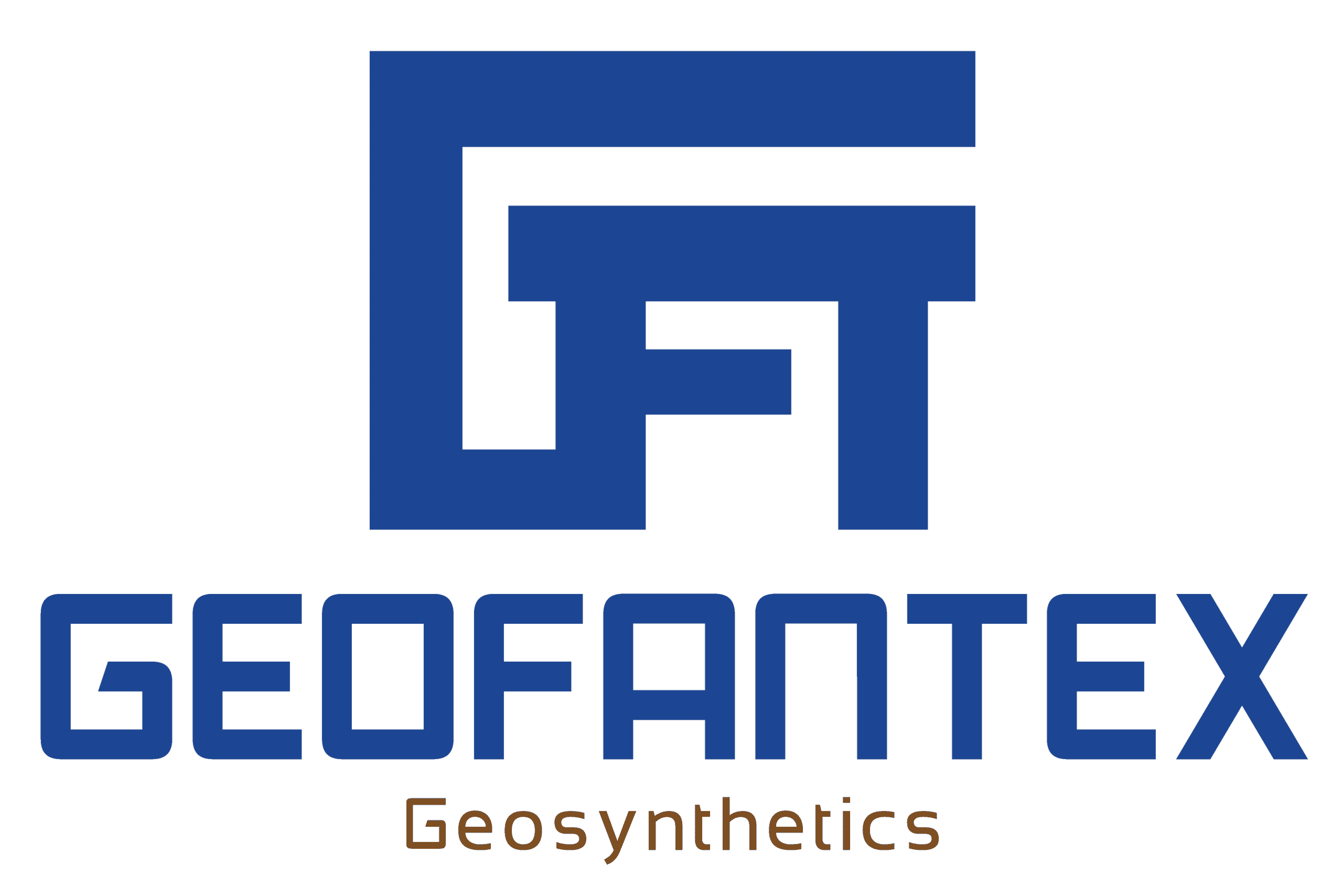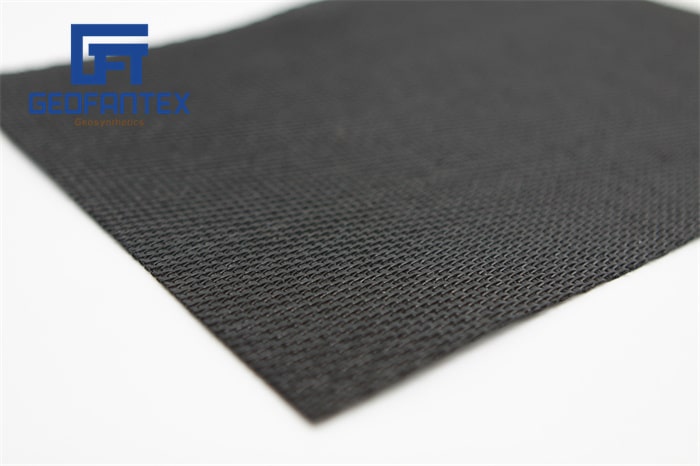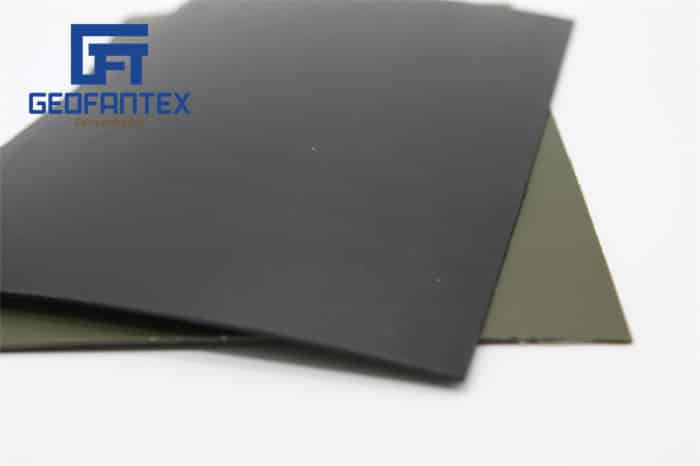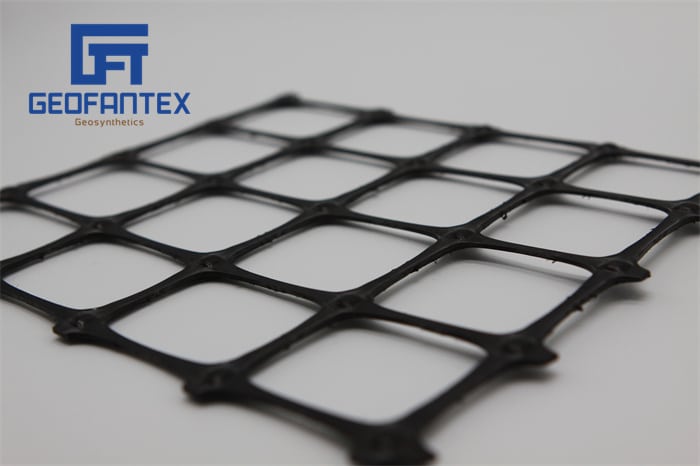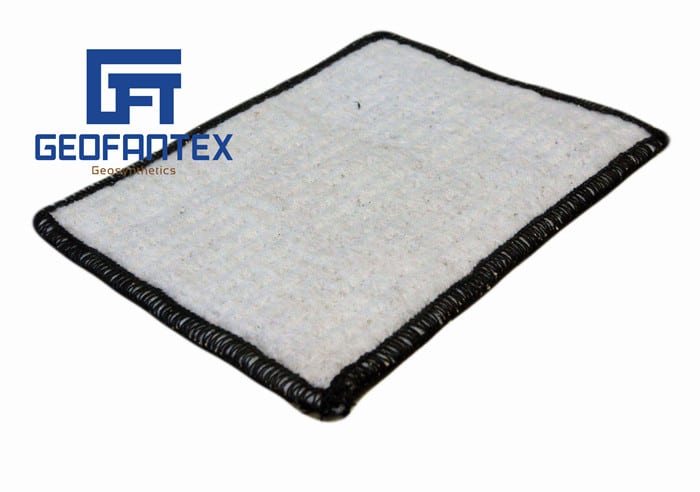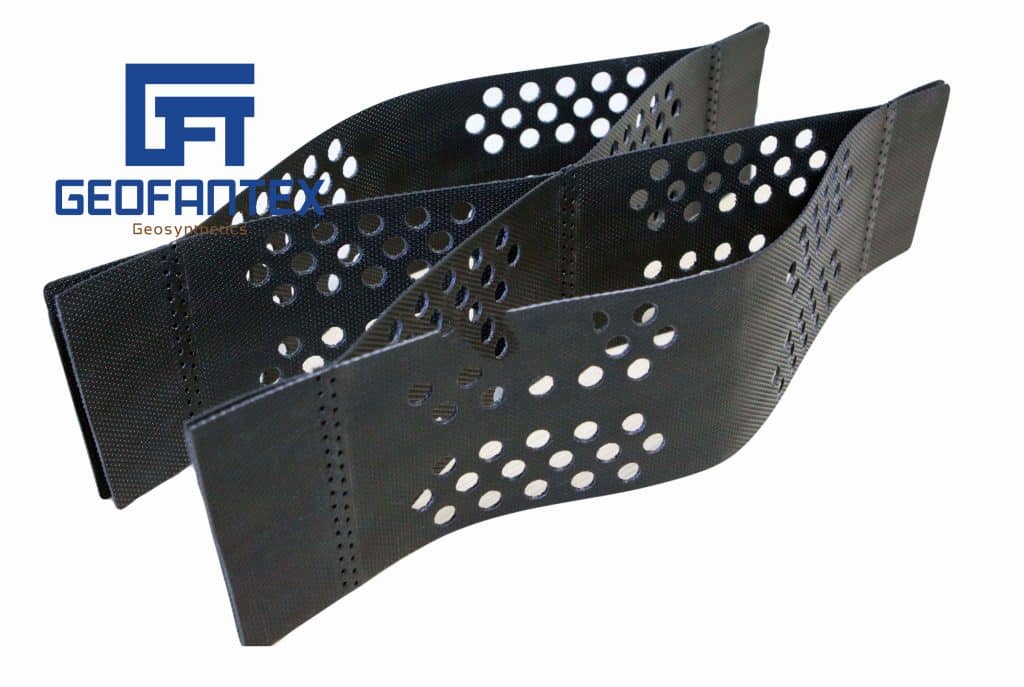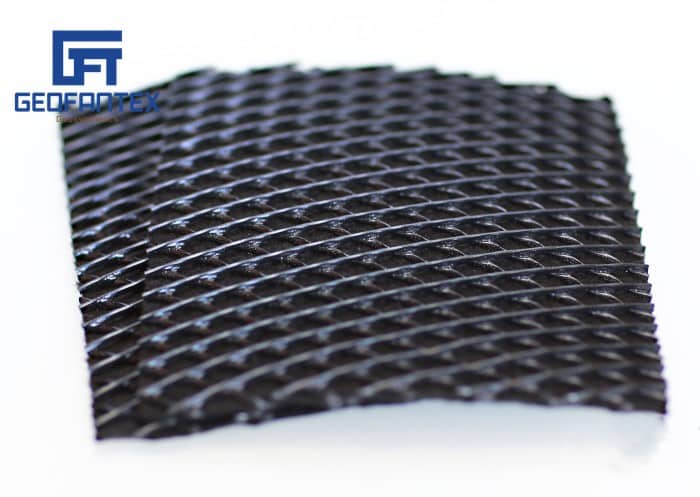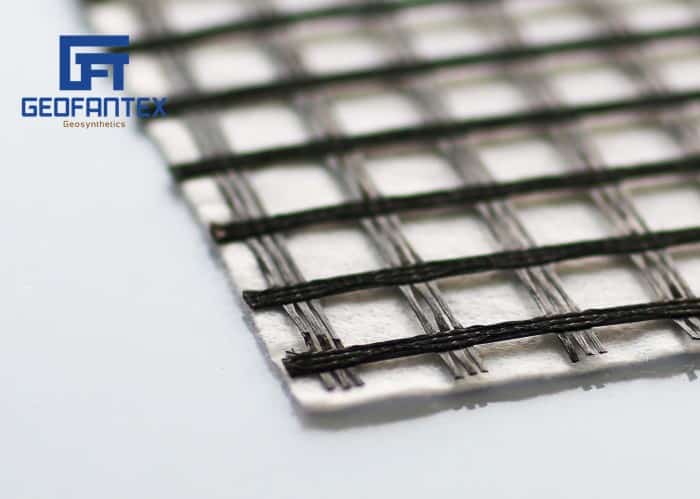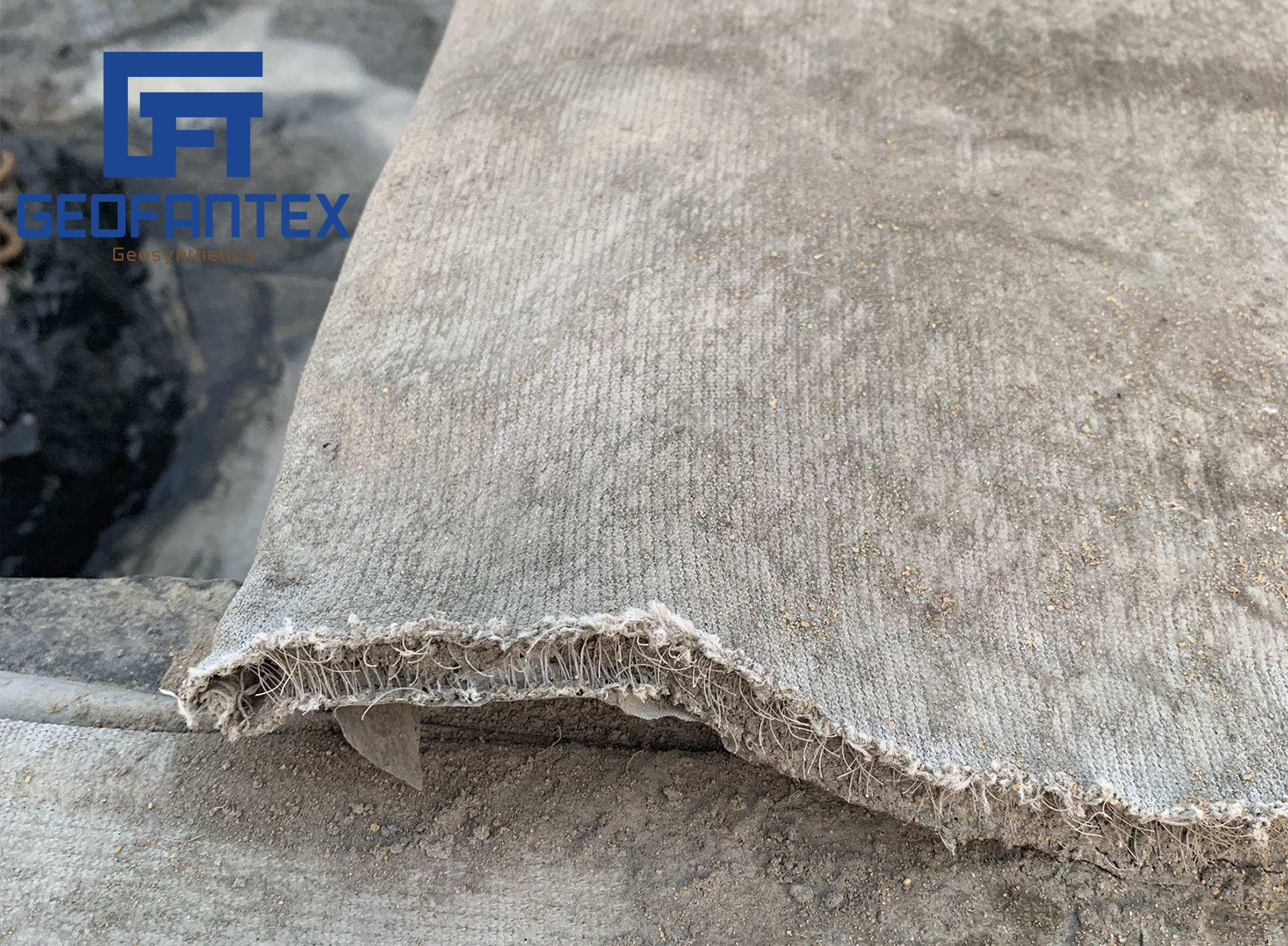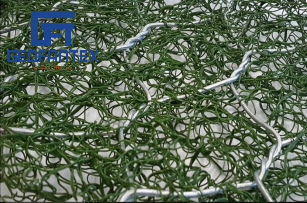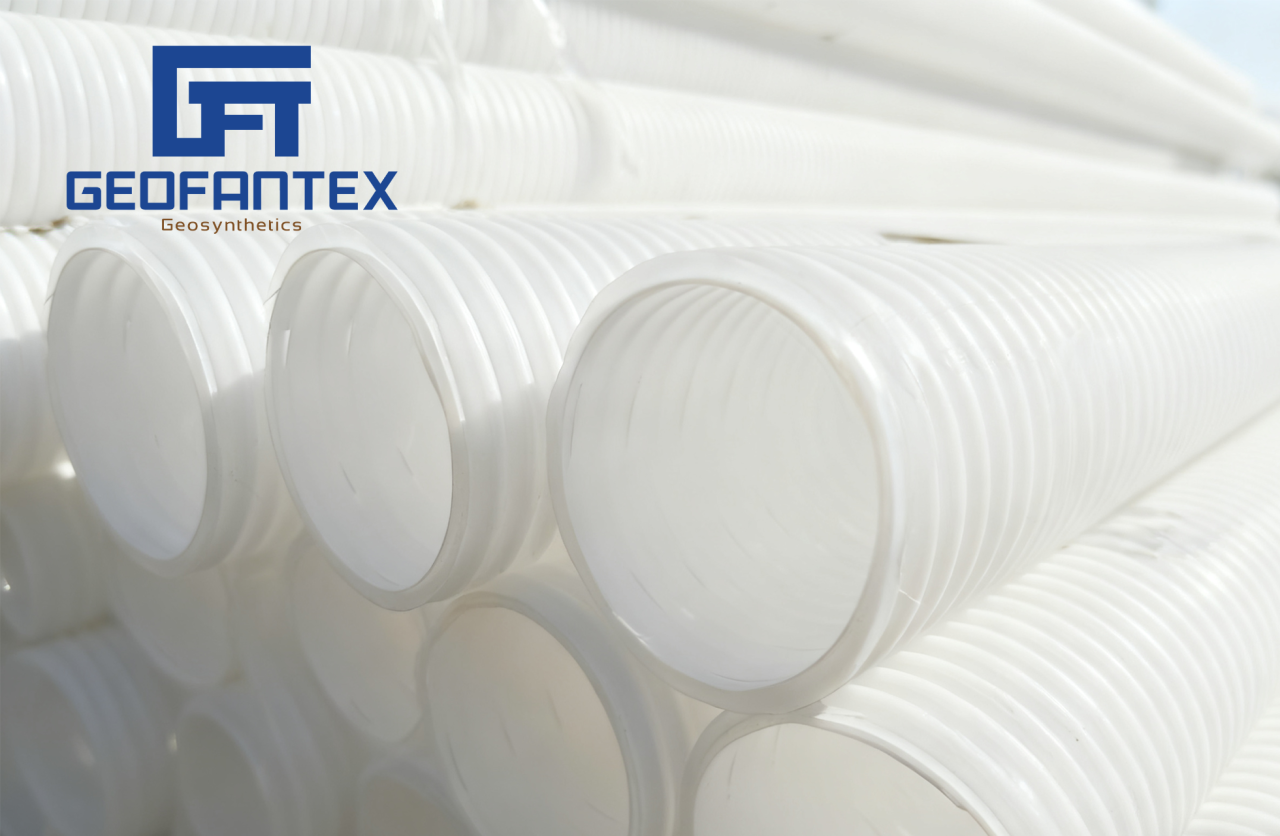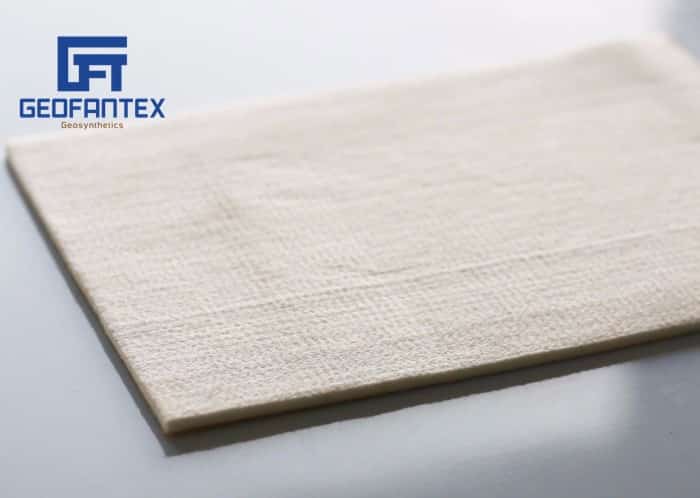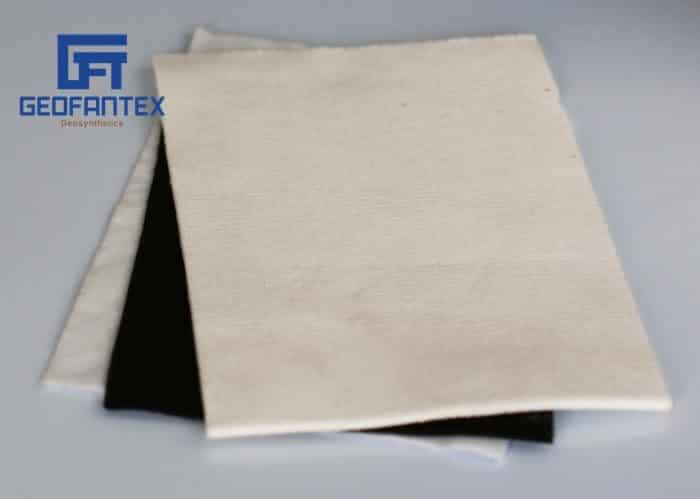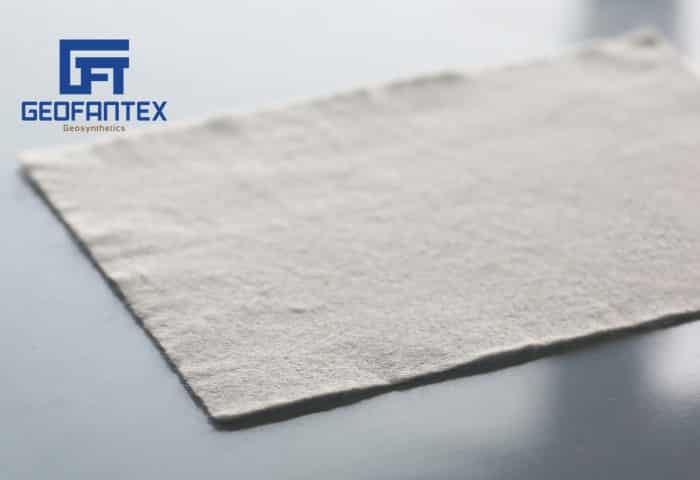+86-159 9860 6917
info@geofantex.com
geofantex@gmail.com
+86-400-8266163-44899
The geomembrane market plays a critical role in geosynthetics, offering solutions for containment, environmental protection, and infrastructure development. However, various challenges arise in its application. Here, we address key concerns and their solutions.
What Are the Main Challenges in the Geomembrane Market?
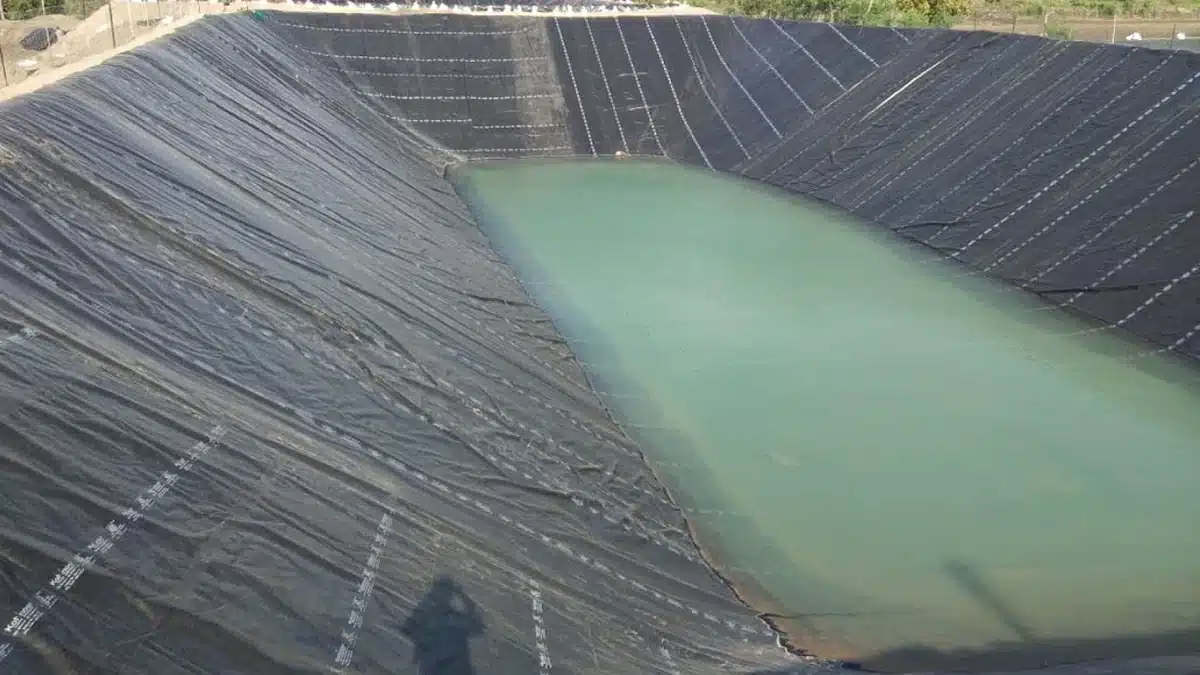
The geomembrane market faces several key challenges that impact production, application, and long-term performance:
- Raw Material Price Volatility: Geomembranes are primarily made from polymers like HDPE, LLDPE, and PVC. Fluctuations in the cost of crude oil and resins affect production costs and pricing stability.
- Installation Sensitivity: Geomembranes require skilled installation. Improper welding, surface preparation, or handling can lead to leaks or early failure, increasing maintenance costs and environmental risks.
- UV and Weather Exposure: Prolonged exposure to sunlight, temperature extremes, and harsh weather can degrade some geomembrane materials, especially in uncovered applications, reducing their lifespan.
- Chemical Compatibility: Not all geomembranes perform equally in aggressive chemical environments. Selecting the wrong material for a specific containment need can lead to chemical degradation and leaks.
- Environmental Regulations and Compliance: Stricter environmental standards and permitting processes can delay projects and require more advanced, costly liner systems to ensure compliance.
These challenges highlight the need for ongoing innovation, proper material selection, and quality assurance throughout the lifecycle of geomembrane systems.
How Can Geomembrane Installation Be Optimized?
How to Optimize Geomembrane Installation:
- Do Final Checks: Test for leaks and secure anchor trenches to prevent liner movement.
- Prepare the Site: Make sure the subgrade is smooth, compacted, and free of debris or sharp objects.
- Handle Materials Properly: Store rolls in a dry, shaded place and plan deployment to reduce seams.
- Use a Qualified Crew: Hire trained and certified installers to ensure accuracy and quality.
- Apply Proper Welding Techniques: Use the right method (e.g., hot wedge, extrusion) and avoid welding in bad weather.
- Test All Welds: Perform peel and shear tests to check the strength and quality of seams.
- Minimize Seams: Use efficient panel layouts and large factory-made sheets to reduce field welding.
- Coordinate with Other Materials: Ensure proper placement and overlap with geotextiles or drainage layers.
- Watch the Weather: Install during favorable conditions and use covers if necessary.
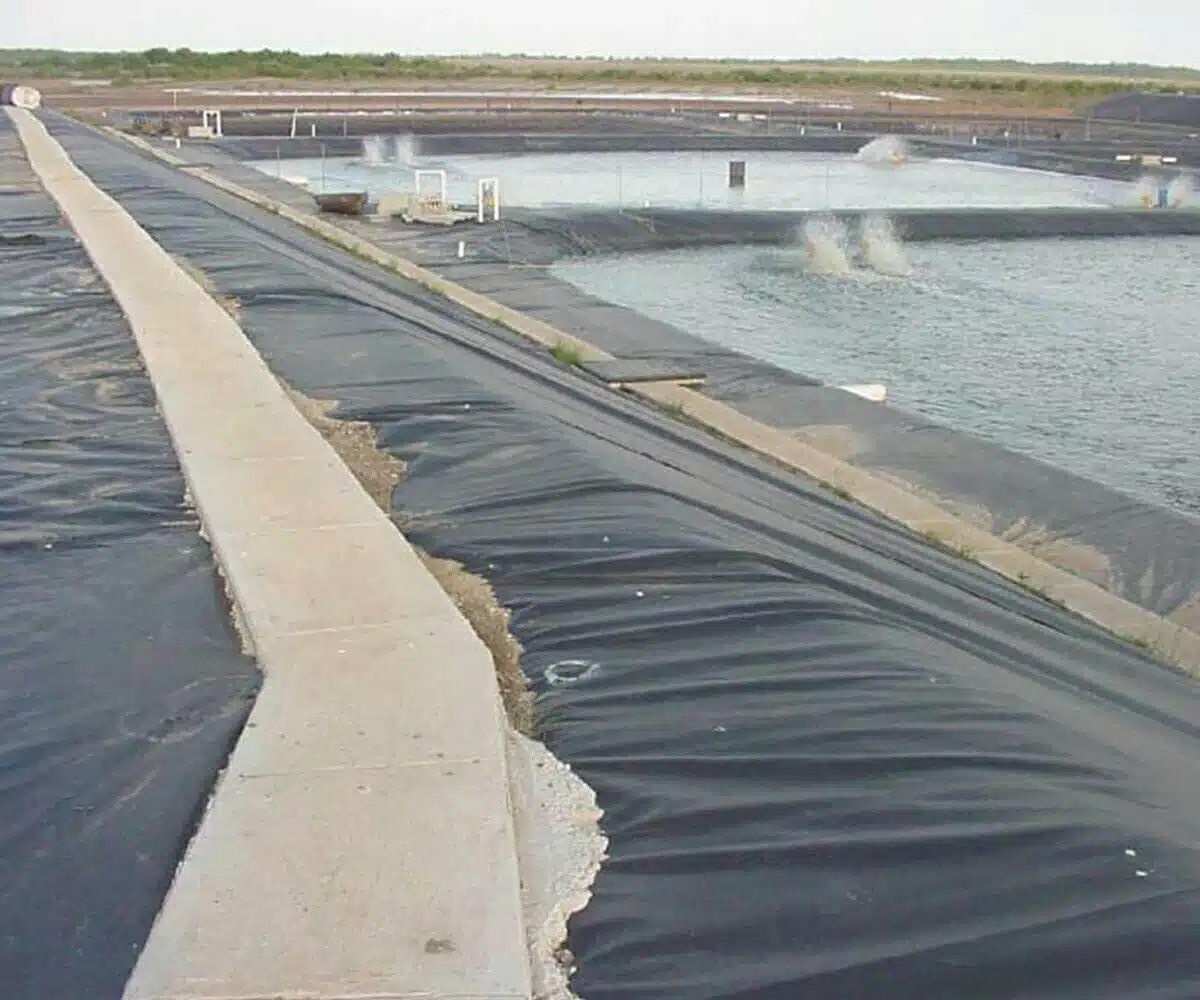
What Are the Latest Innovations in Geomembrane Technology?
The latest innovations in geomembrane technology focus on enhancing performance, durability, and environmental protection. Key advancements include:
- Multilayered structures that combine materials like HDPE, PP, and EVOH to improve chemical resistance and barrier performance.
- Conductive geomembranes with embedded conductive layers that allow for easier and more accurate electric leak location surveys (ELLS) without the need for added water.
- Textured surfaces for better friction and slope stability, especially in landfill and mining applications.
- UV-stabilized and antioxidant-enhanced formulas to extend service life under harsh weather or exposed conditions.
- Sustainable production methods, including the use of recycled polymers and reduced carbon footprint in manufacturing.
These innovations make geomembranes more adaptable to complex engineering challenges while supporting long-term environmental sustainability.
How Does the Geomembrane Market Contribute to Environmental Protection?
The geomembrane market contributes significantly to environmental protection through various applications.
- Contamination Prevention: Geomembranes act as impermeable barriers in landfills, mining sites, and industrial areas to prevent harmful substances from seeping into soil and groundwater.
- Waste Management: They are essential in lining municipal and hazardous waste facilities, safely containing leachate and reducing pollution risks.
- Water Conservation: Geomembranes are used to line canals, reservoirs, and ponds, minimizing water loss and protecting surrounding ecosystems.
- Pollution Control: In mining and oil industries, they help contain tailings, process water, and chemical spills, reducing environmental impact.
- Sustainable Agriculture: Geomembranes support biogas systems and agricultural ponds, preventing nutrient loss and promoting clean energy.
- Site Remediation: They are used in the capping of contaminated sites, isolating pollutants and enabling land rehabilitation.
Overall, the geomembrane industry plays a vital role in modern environmental engineering and sustainability efforts.
The geomembrane market continues to grow as demand for reliable geosynthetics solutions increases. Addressing challenges like durability, installation quality, and technological advancements is key to ensuring long-term performance. With innovations improving material strength and environmental protection, geomembranes remain essential in modern infrastructure and environmental applications.

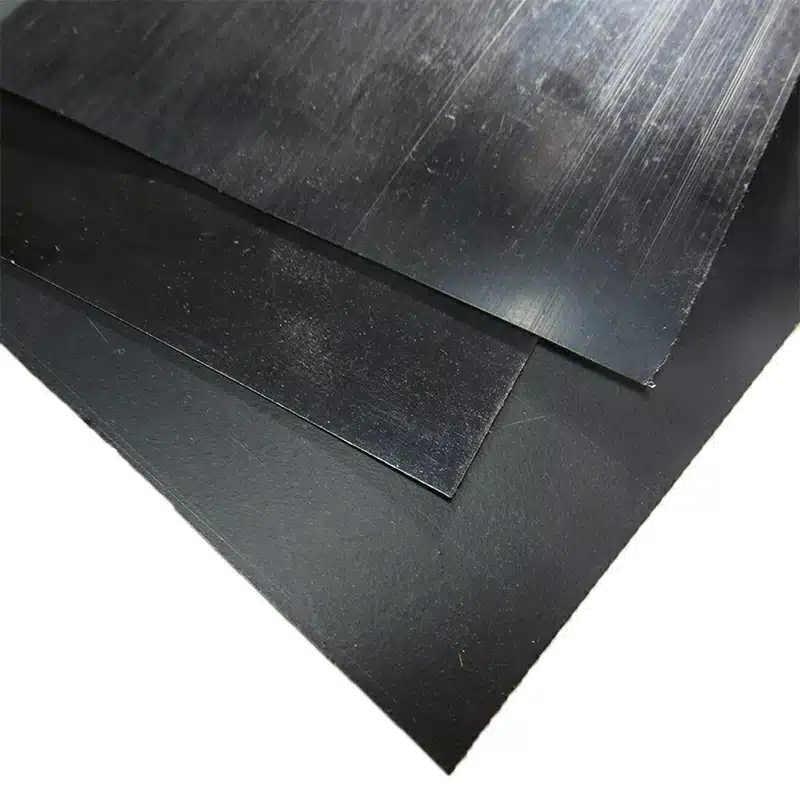

Get Free Sample
We’ll respond as soon as possible(within 12 hours)
